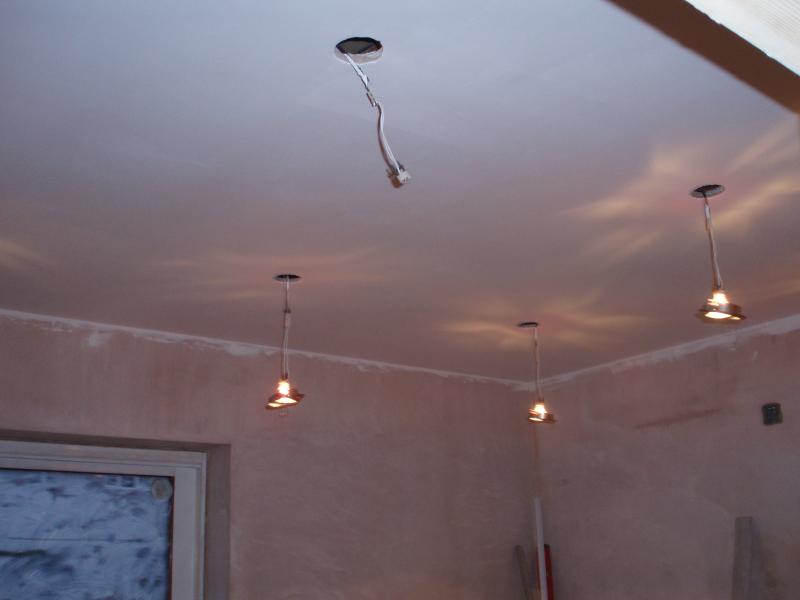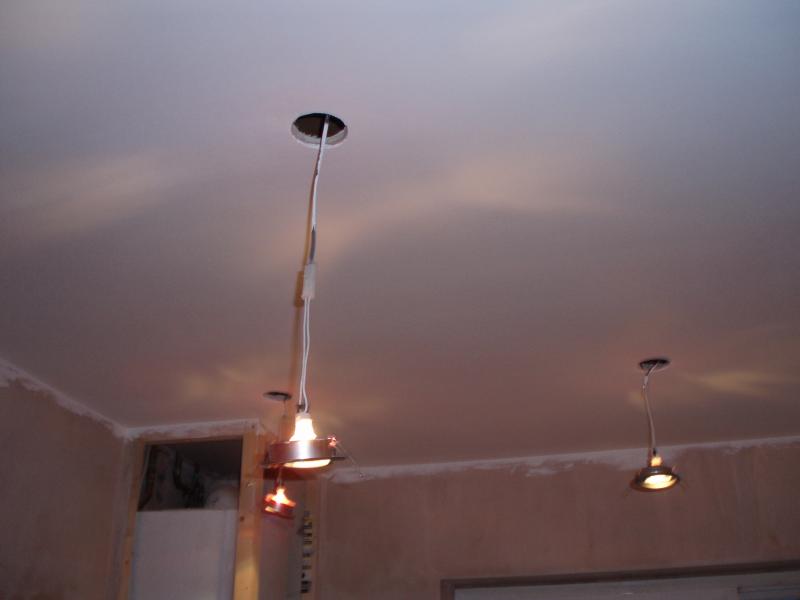- Joined
- 18 Nov 2007
- Messages
- 929
- Reaction score
- 28
- Country

I think I bit off too much today and thought I could do a whole wall which was about 8'x16'. By the time I finished one mix and I'm no pro I had no time to go over the begining to flatten out the lines as it took too long to get the mix on. How do you pros manage big areas? Obviously small sections would be sensible but how to you blend in the finished plaster with the bare wall to take the new plaster?
What do you guys do in this situation, do you do say half a wall then go over to flatten and finish the rest of the wall off or do you finish the first part of the wall to the final wet/dry trowel and then do the other half from scratch too?
Any tips most appreciated.
Cheers
What do you guys do in this situation, do you do say half a wall then go over to flatten and finish the rest of the wall off or do you finish the first part of the wall to the final wet/dry trowel and then do the other half from scratch too?
Any tips most appreciated.
Cheers


